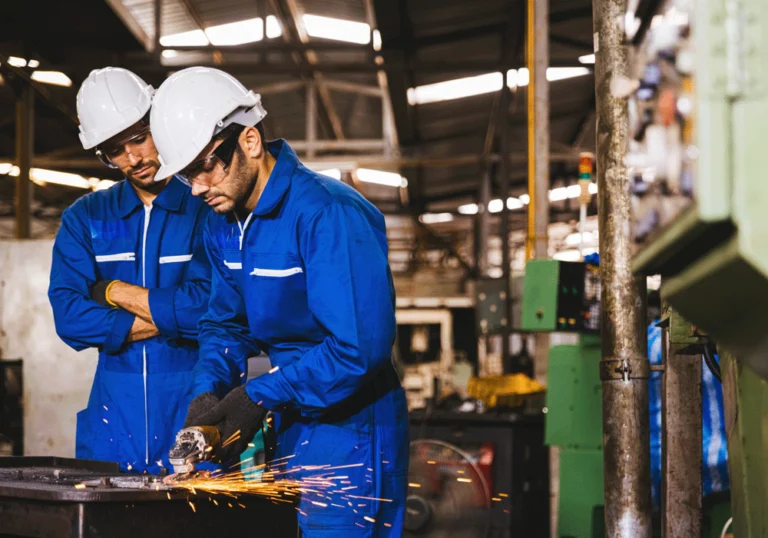
Capital allowances
As we move into 2023 and the final quarter of the tax year, attention turns towards year-to-date profits and mitigating tax liabilities. In most instances, this will involve reviewing the business requirements for investment and assessing the merits of the plant and machinery investment against potential tax liabilities.
Common capital allowances
Given the various tax changes and subsequent U-turns recently, I thought it would be useful to provide a list of the common capital allowances:
Annual investment allowance
The annual investment that you can claim on plant and machinery has changed several times over the years. It currently allows you to claim 100% of the cost of plant and machinery on up to £1 million, which was a temporary increase up from £200,000 to cover the period from 1 January 2019 to 31 March 2023. This has subsequently been confirmed as permanent within the Autumn Statement. In most instances, cars don’t qualify for the annual investment allowance and have their own set of rules.
Written down allowance
For many businesses, they may have a residual general pool of allowances which remain unclaimed from prior years. The value of this pool can be claimed at a rate of 18% on a reducing balance method each year, thus utilising the relief available from capital purchases in the most tax efficient way. For items such as integral features in buildings and long-life assets, these may be included in a special rate pool which has a rate of 6%.
Super deduction
For those businesses which operate as a limited company, the super-deduction enjoying a rate of 130% is in force until 31 March 2023 for new items of plant and machinery. There is no limit on the amount of expenditure, but the plant and machinery must be new and not used.
Structures and building allowance
With strong demand for sheds and buildings continuing, the Government re-introduced agricultural building allowances in the form of the Structures and Buildings Allowance in 2020, providing the opportunity to obtain tax relief on the construction of sheds.
The rate has increased by 1% from April 2020 to its current rate of 3%, meaning that full relief on the construction is reduced to just over 33 years, down from 50 years previously.
When is capital expenditure incurred?
The normal rule is that expenditure is incurred on the date on which the obligation to pay becomes unconditional. A person buying goods is legally required to pay for them on delivery unless there is a special agreement as to terms of payment. If the buyer is legally required to pay on delivery, the obligation to pay becomes unconditional when the goods are delivered.
If goods are sold subject to reservation of title (such as a hire purchase agreement), the obligation to pay becomes unconditional when the goods are delivered. The supplier has then fulfilled their part of the contract, meaning the buyer incurs capital expenditure as soon as the goods are delivered and put into use.
The date on which the obligation to pay for an asset becomes unconditional and the date on which the purchaser is legally required to pay for that asset may not be the same. For example, the sales agreement may require payment to be made within four weeks of delivery. If so, the obligation to pay becomes unconditional on delivery but the purchaser is not legally required to pay until four weeks after delivery
There is an exception to the general rule
If there is a gap of more than four months between the dates on which the obligation to pay becomes unconditional and the date on which payment is required to be made, the expenditure is not incurred until the date on which payment is required to be made. However, this does not apply to hire purchase agreements. With recent world events, lead times for plant and machinery delivery have now reached a point where the obligation to pay and the delivery date may well be more than four months. Therefore it’s important that when planning the purchases with a view to mitigating tax, the delivery date is known to ensure that tax relief will be available within the year you’d expect.
Written by






